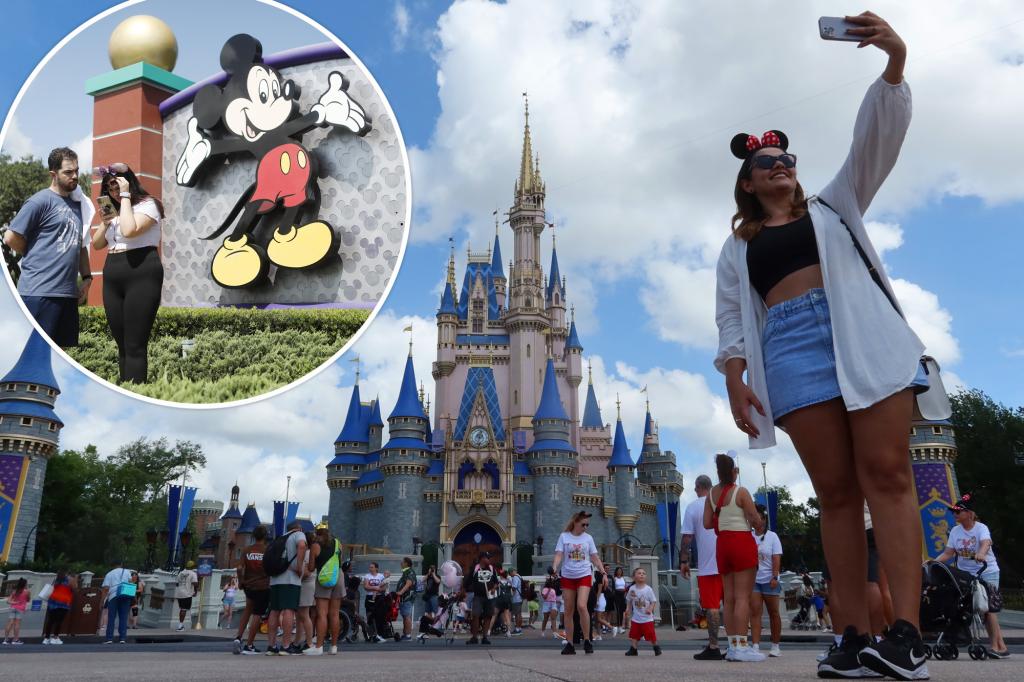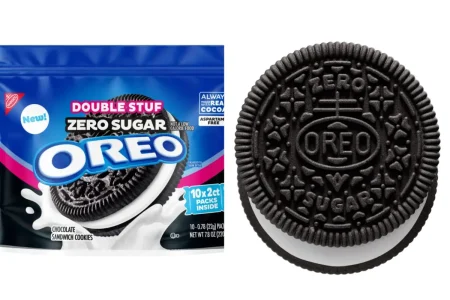The Hidden World Behind Disney’s Magic: Unveiling the Secret Language of the Happiest Place on Earth
Behind the cheerful façade of Disney World—where dreams come true and magic feels real—lies a complex operational system with its own secret language. A recent discussion on Reddit has pulled back the curtain on the coded communication Disney employees use to handle everything from mundane messes to truly unusual situations, all while maintaining the park’s carefully crafted illusion of perfection. These codes allow staff to communicate efficiently without alarming guests or breaking the magical atmosphere that Disney meticulously cultivates. The thread, which started when someone posted about Disney’s “white powder alert” (the code used when guests attempt to scatter human ashes in the park), quickly expanded to include contributions from current and former employees revealing an extensive vocabulary of Disney’s behind-the-scenes terminology.
The practice of scattering ashes at Disney parks, while strictly prohibited, happens more frequently than most visitors realize—a testament to the profound emotional connection many people feel with the Disney experience. Some fans love the parks so deeply that they or their loved ones wish for it to be their final resting place. When custodial staff encounter these situations, they discreetly call a “Code Grandma” or “white powder alert” to address the issue without disturbing other guests. This is just one example of how Disney maintains its pristine, trouble-free image despite dealing with the full spectrum of human behavior and bodily functions. Other common codes shared by former custodial staff include “Code V” for vomit, “Code H” for feces, “Code U” for urine, and “Code BBP” for blood. In other areas of the park, employees might refer to vomit as a “protein spill”—a euphemism that preserves the pleasant atmosphere while still communicating the necessary information to staff.
Some of the revealed codes point to more uncomfortable realities of theme park operations. One former Orlando theme park employee shared the existence of “Code 82,” used when a guest is too large to fit in a ride seat—the number apparently derived from the crude phrase “they 8 2 much.” This insensitive code highlights the challenging situations staff must navigate when guests cannot safely participate in attractions due to size limitations. Similarly, when employees refer to someone as “our most treasured guest” to colleagues, it’s actually a subtle call for assistance with a difficult visitor who requires de-escalation. These codes represent the complex interpersonal challenges staff face while maintaining Disney’s commitment to creating positive experiences for all guests, even in difficult circumstances.
Working at Disney World may be a dream job for many fans, but former employees have revealed that the reality differs significantly from the fantasy. A former staff member who worked his way up from attractions to a coordinator position just below management level shared insights about the difficulties of Disney employment. While acknowledging many positive aspects of working for the iconic company, he highlighted the challenging combination of low wages relative to Central Florida’s cost of living, physically demanding work in extreme heat, and the emotional labor required to maintain a consistently cheerful demeanor. This behind-the-scenes perspective reveals the considerable human effort required to create the seamless magical experience that guests enjoy—effort that often goes unrecognized by visitors absorbed in their own vacation experience.
The Disney employee experience is further shaped by strict company policies designed to preserve the carefully constructed illusion of the parks. Cast members (Disney’s term for employees) operate under rules that most workers in other industries would find unusual or excessive. They’re prohibited from taking photographs in backstage areas, presumably to prevent behind-the-scenes glimpses from diminishing the magical experience for guests. Even personal technology use is tightly controlled—employees in certain roles cannot wear smartwatches while working, as these devices might distract from monitoring ride operations and could result in termination if discovered. These strict regulations reflect Disney’s unwavering commitment to safety and show quality, but they also create a uniquely demanding work environment where employees must constantly be mindful of company expectations.
The contrast between Disney’s public image and its internal operations represents the fundamental tension at the heart of the entertainment industry. While guests experience the parks as places of joy, wonder, and carefree pleasure, employees navigate a complex workplace with its own language, strict rules, and significant challenges. This dichotomy doesn’t necessarily diminish the magic of Disney—in fact, it might enhance our appreciation for the elaborate system that creates these beloved experiences. The secret codes, behind-the-scenes protocols, and employee dedication collectively enable millions of visitors to temporarily escape reality and enter a world where everything appears perfect. Understanding the human effort behind this illusion adds another layer to our understanding of what makes Disney parks such remarkable achievements in experiential entertainment. The magic may be manufactured, but the skill and dedication required to maintain it are very real indeed.













